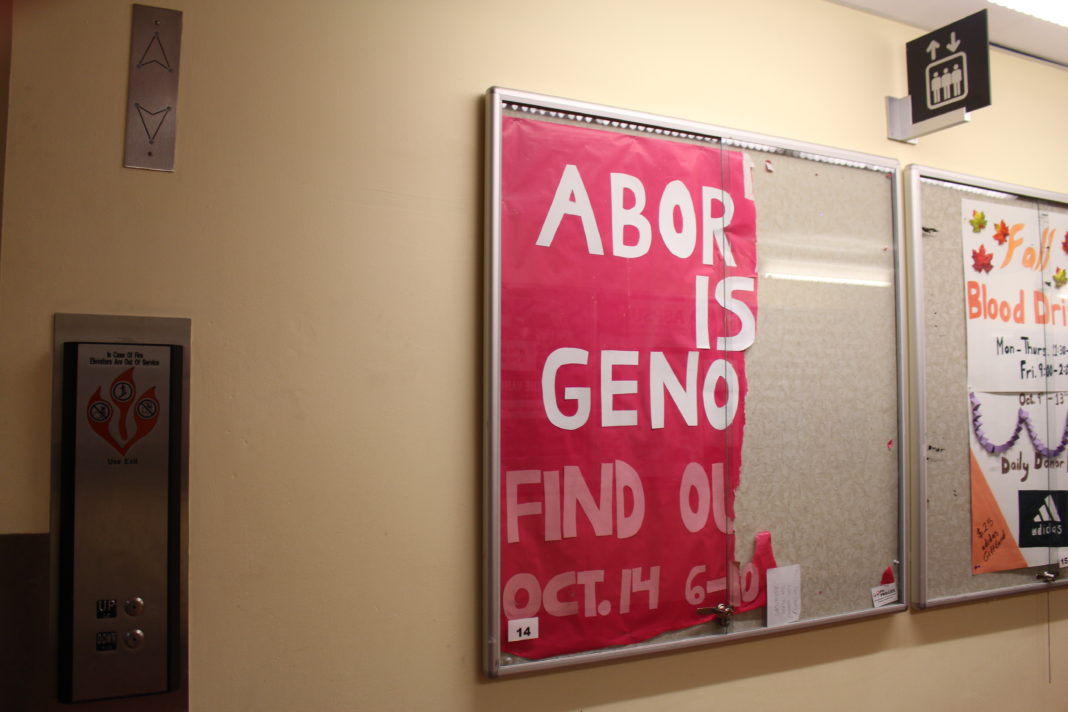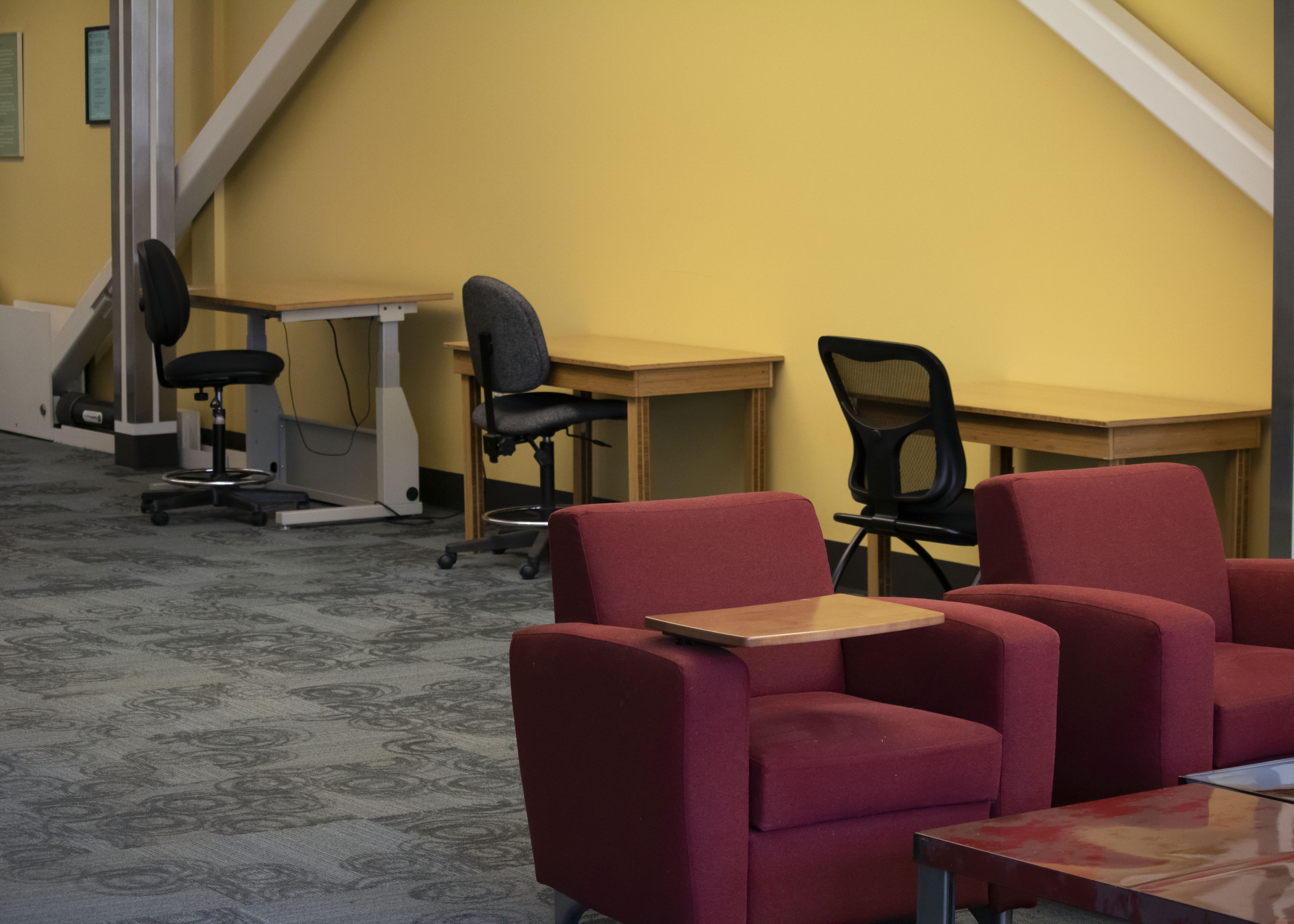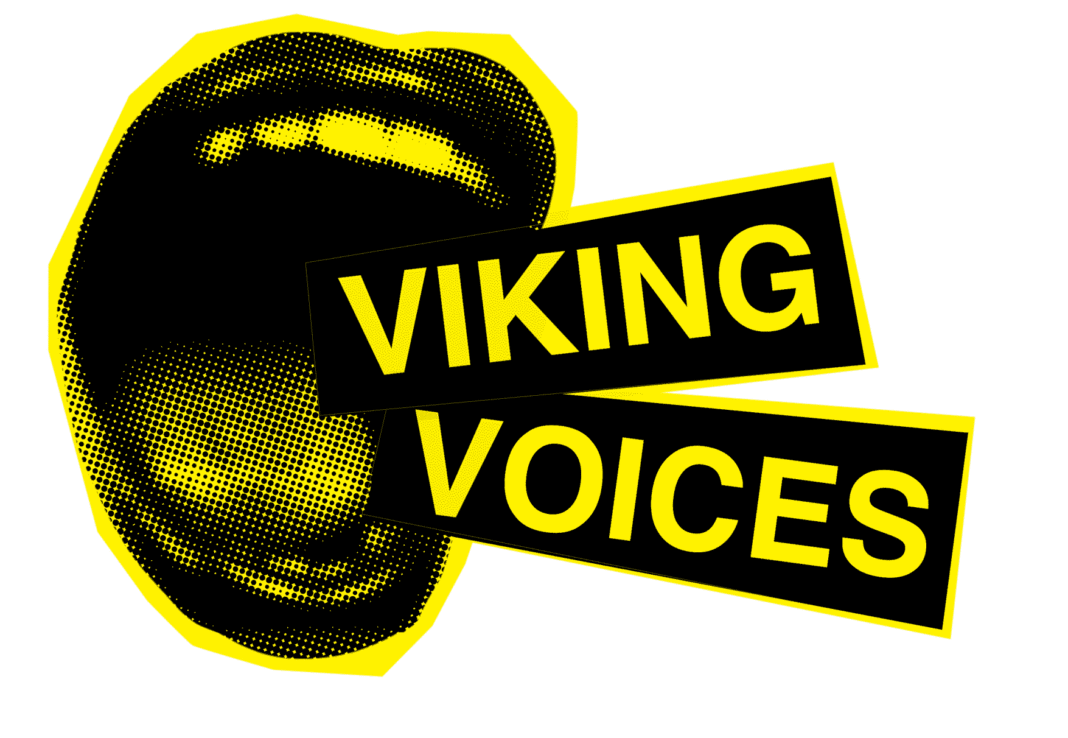The push for student-focused education: Dissatisfaction with the current education system, particularly in universities, is not a new sentiment. Needed change in education seems to be an continual problem.
Guide on the side rather than a sage on the stage
Pushing for student-focused education
Ancient Greek biographer Plutarch said, “The mind is not a vessel that needs filling, but wood that needs igniting.” Dissatisfaction with the current education system, particularly in universities, is not a new sentiment. Needed change in education seems to be an continual problem.
I learned the disparities and injustices of the education system when I took a class on different methods of teaching. This class made me question many commonly accepted aspects of traditional American university education, like the types of readings professors require students to do.
“You have to have a certain kind of brain to understand the dead language they write in textbooks,” said Gerald Celente, publisher of Trends Journal.
We’re so accustomed to the dry and often confusing scholarly language used in our required readings, the idea that readings can be enjoyable and informative at the same time seems preposterous. Readings that don’t use a dull, academic tone seem almost frivolous because we’ve been trained these are the only sources we should take seriously.
“You don’t know how to think because they told you how to think their way,” Celente said.
Teacher-focused styles often associated with American university education can also be monotonous and even impractical.
“There are not too many times in life when someone’s just going to be giving you information and off you go,” said Todd Cherner, Portland State assistant professor in the Graduate School of Education’s Curriculum and Instruction Department.
Cherner explained traditional teacher-centered teaching is not the most true-to-life method of teaching. Most likely, whatever your career is, you’ll be doing something more interactive and collaborative.
With traditional teaching, which mainly refers to lecture-style teaching, it often feels as if the information is spoon-fed to the students and establishes a social hierarchy with the teacher at the top of the pyramid.
“You’re supporting students as they go through some sort of learning activity.” Cherner said. “It isn’t you that’s giving them info, but rather the co-instruction of information or supporting them through a learning task.”
GSE Associate Professor Anita Bright said she believes the ideal role of a professor should be invitational.
“The role of the professor is to provide some sort of overarching framework but then to help elicit from the students what they already know about the content…and build on what the students bring to the work.”
With this kind of framework, it’s always the students who have to do the heavy lifting.
“I know I’ve taught a good lesson if I don’t really say that much,” Cherner said when asked how involved the professor should be in class discussion.
While I think this more supportive style of teaching has many benefits in the long run, complications still arise from trying to implement change into traditional teaching.
“Students aren’t used to it,” Cherner said. “It’s this huge change of mindset, especially if they go all through their K-12 and undergrad with that teacher-centered focus and then suddenly you say, ‘You need to do this work.’”
Shifting a student’s gears from transactional to active learning may take time as students have been indoctrinated with this type of education. Another reason why students have a hard time adjusting is because it puts more power in their hands.
“Part of the complication comes when we as faculty members or professors want to flatten that hierarchy and be engaged as co-learners with our students,” Bright said. “So as I say to my students, ‘I am excited to get to learn with and from you.’”
With student-centered teaching, the goal isn’t simply to transfer knowledge to the students; it’s to excite and inspire them. GSE Associate Professor Ingrid Anderson said, “If we are really doing our job, we are celebrating, supporting, and connecting to students’ funds of knowledge.”






